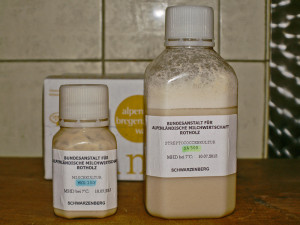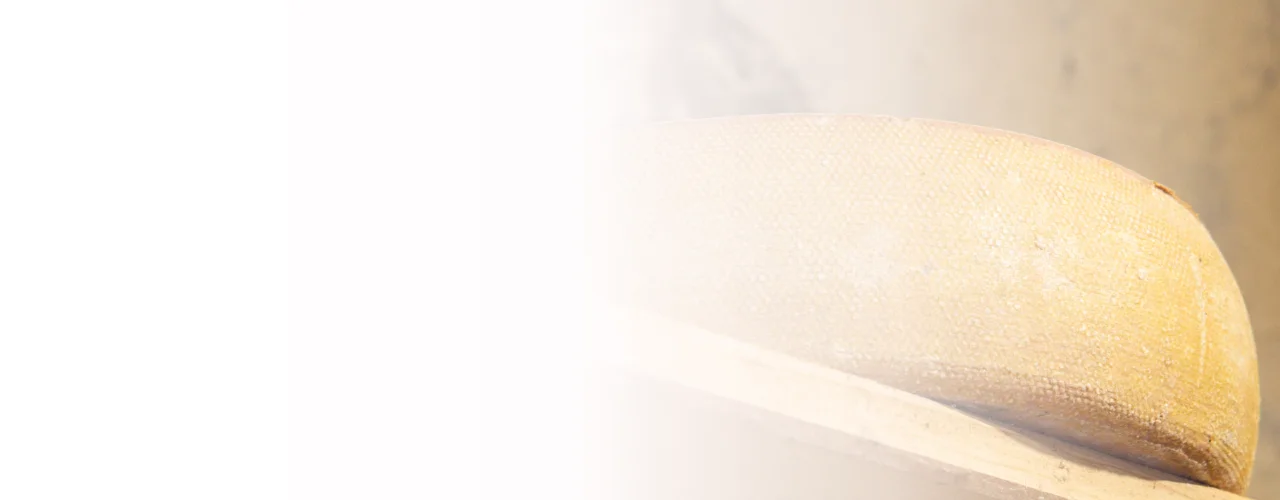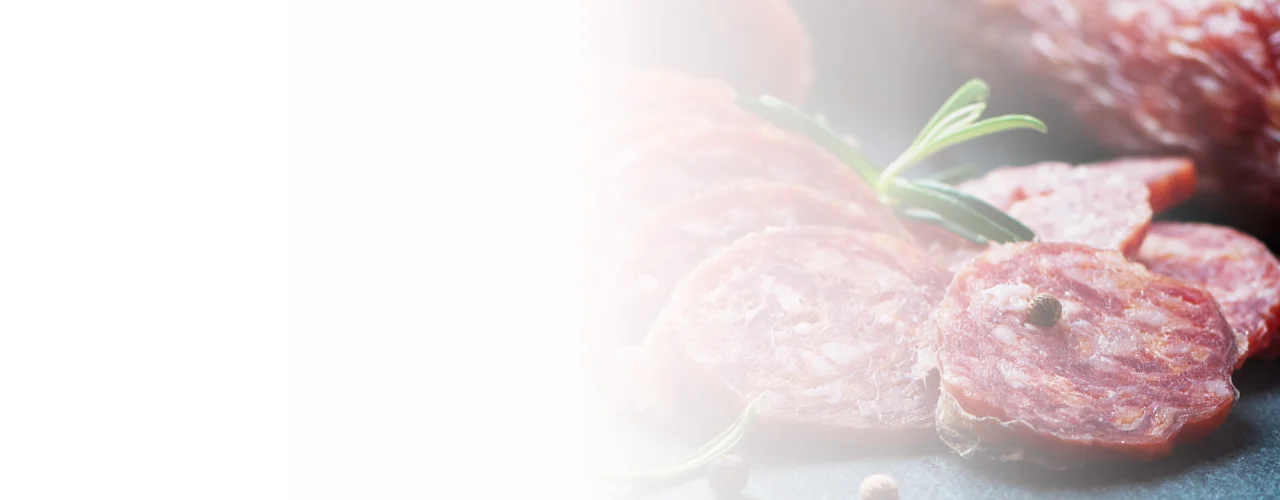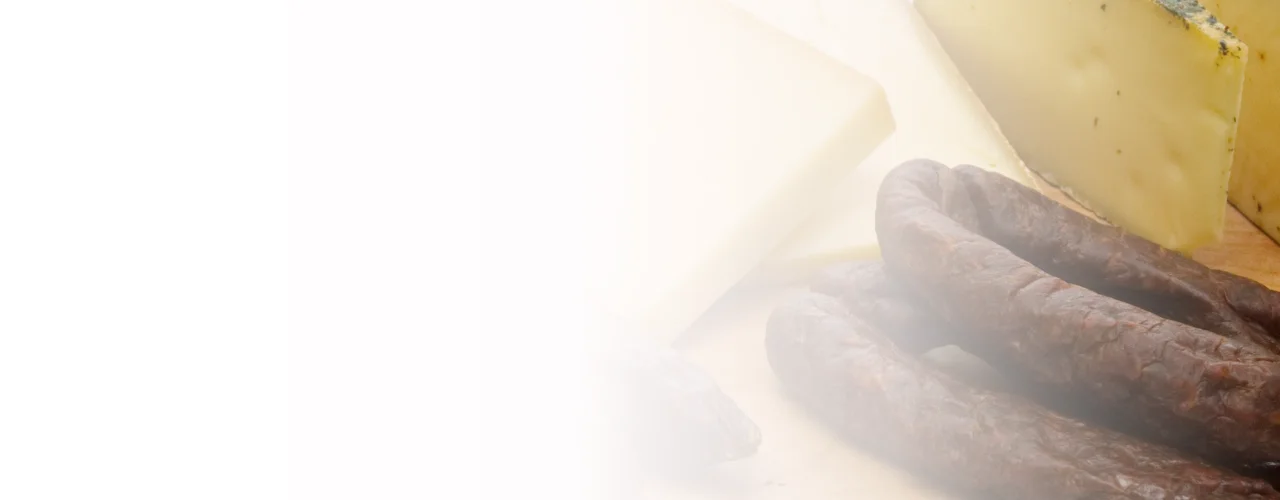Cheese encyclopedia
Cheese cultures
Cheese cultures consist of various bacteria
Cheese culturesCheese cultures consist of various bacteria. Cheese cultures are an indispensable part of alpine dairies as well as valley dairies. » More info are an indispensable part of alpine dairies as well as valley dairies. Cheeseing without culturesMold cultures are aroma-forming noble molds that grow on the surface (white noble mold) or inside a cheese (blue and green mold). » More info is much too risky for fermentation failure and the development of harmful organisms.

Cheese varieties according to bacteria cultures
The cultures can basically be divided into molds and bacteriaBacterium Linens (red culture bacteria) are brushed with salt water on the cheese. » More info.
Mold cheese
- White cheese: Camembert, Brie, etc. are made with the fungus Penicillium camemberti.
- Blue cheeseIn cheese making process additional holes are made in the paste which leads to the additional supply of oxygen to mold cheese to promote the formation of molds. » More info: Roquefort, Gorgonzola, Blue Stilton, Cabrales are made with the fungus Penicillium roqueforti.
Bacterially produced or treated cheese
- Sour milkCheese milk is the milk intended for the production of cheese, also with the concomitant use of buttermilk products, cream products, sweet whey, sour whey and whey cream (whey cream) » More info cheese: Sura cheese, Tyrolean Graukäse, etc. are without rennetNatural rennet is a mixture of the enzymes chymosin and pepsin, which is obtained from the abomasum of young ruminants in milk-drinking age. » More info by means of lactic acid bacteria and mostly smearRed smear is a surface threatment method used during cheese making and maturing. » More info bacteria, brevibacterium linens, produced.
- RedAerobic cheese ripening means cheese ripening with oxygen. » More info smear cheese: MountainThe Vorarlberger Bergkäse (mountain cheese) is a regional cheese specialty from the Austrian province Vorarlberg. » More info cheese, Alpine cheese, Romadur, Limburger are “sweet produced” by rennet, the smear bacteria, brevibacterium linens, are responsible for the smear.
Back to the cheese encyclopedia


















